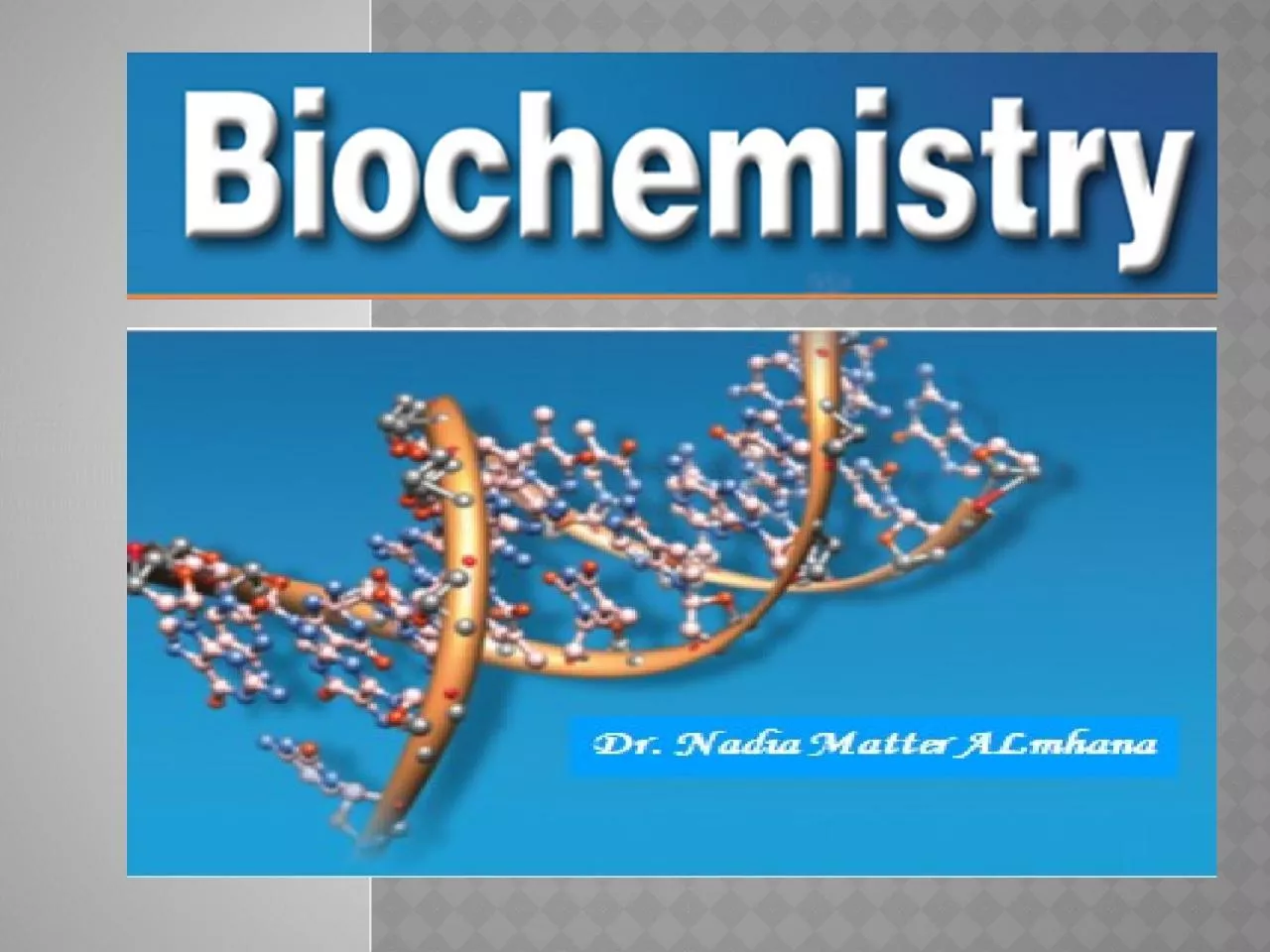

imino acid Figure 5 Comparison of the secondary amino group found in proline with the primary amino group found in other amino acids such as alanine 2 Proline Proline differs from other amino acids in that its side chain and amino N form a rigid five member red ring structure Figur ID: 1012301
Download Presentation The PPT/PDF document "2. Proline: Proline differs from other ..." is the property of its rightful owner. Permission is granted to download and print the materials on this web site for personal, non-commercial use only, and to display it on your personal computer provided you do not modify the materials and that you retain all copyright notices contained in the materials. By downloading content from our website, you accept the terms of this agreement.
1.
2. 2. Proline: Proline differs from other amino acids in that its side chain and amino N form a rigid, five -member red ring structure (Figure 5). Proline, then, has a secondary (rather than a primary) amino group. It is frequently referred to as an “imino acid.” Figure 5: Comparison of the secondary amino group found in proline with the primary amino group found in other amino acids such as alanine.
3. 2. Proline: Proline differs from other amino acids in that its side chain and amino N form a rigid, five -member red ring structure (Figure 5). Proline, then, has a secondary (rather than a primary) amino group. It is frequently referred to as an “imino acid.” Figure 5: Comparison of the secondary amino group found in proline with the primary amino group found in other amino acids such as alanine.
4. These amino acids have zero net charge at physiologic pH; although the side chains of cysteine and tyrosine can lose a proton a t an alkaline pH (see Figure 3). Serine, threonine, and tyrosine each contain a polar hydroxyl group that can participate in hydrogen bond formation (Figure 6). The side chains of asparagine and glutamine each contain a carbonyl group and an amide group, both of which can also participate in hydrogen bonds.B. Amino acids with uncharged polar side chainsFigure 6: Hydrogen bond between the phenolic hydroxyl group of tyrosine and another molecule containing a carbonyl group.
5. 1. Disulfide bond: The side chain of cysteine contains a sulfhydryl (thiol) group (–SH), which is an important component of the active site of many enzymes. In proteins, the –SH groups of two cysteines can be oxidized to form a covalent cross-link called a disulfide bond (–S–S–). Two disulfide-linked cysteines are referred to as “cystine.”2. Side chains as sites of attachment for other compounds: The polar hydroxyl group of serine; threonine; and, rarely, tyrosine, can serve as a site of attachment for structures such as a phosphate group. In addition, the amide group of asparagine, as well as the hydroxyl group of serine or threonine, can serve as a site of attachment for oligosaccharide chains in glycoproteins.
6. C. Amino acids with acidic side chainsThe amino acids aspartic and glutamic acid are proton donors. At physiologic pH, the side chains of these amino acids are fully ionized, containing a negatively charged carboxylate group (–COO–). They are, therefore, called aspartate or glutamate to emphasize that these amino acids are negatively charged at physiologic pH (see Figure 3).D. Amino acids with basic side chainsThe side chains of the basic amino acids accept protons (see Figure 3). At physiologic pH, the R groups of lysine and arginine are fully ionized and positively charged. In contrast, histidine is weakly basic, and the free amino acid is largely uncharged at physiologic pH.However, when histidine is incorporated into a protein, its R group can be either positively charged (protonated) or neutral, depending on the ionic environment provided by the protein. This is an important property of histidine that contributes to the buffering role it plays in the functioning of proteins such as hemoglobin. [Note: Histidine is the only amino acid with a side chain that can ionize within the physiologic pH range.]
7. Figure 7: Key concept map for amino acids.